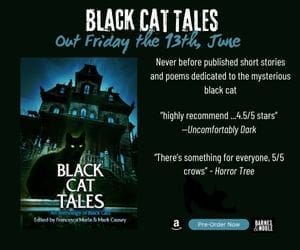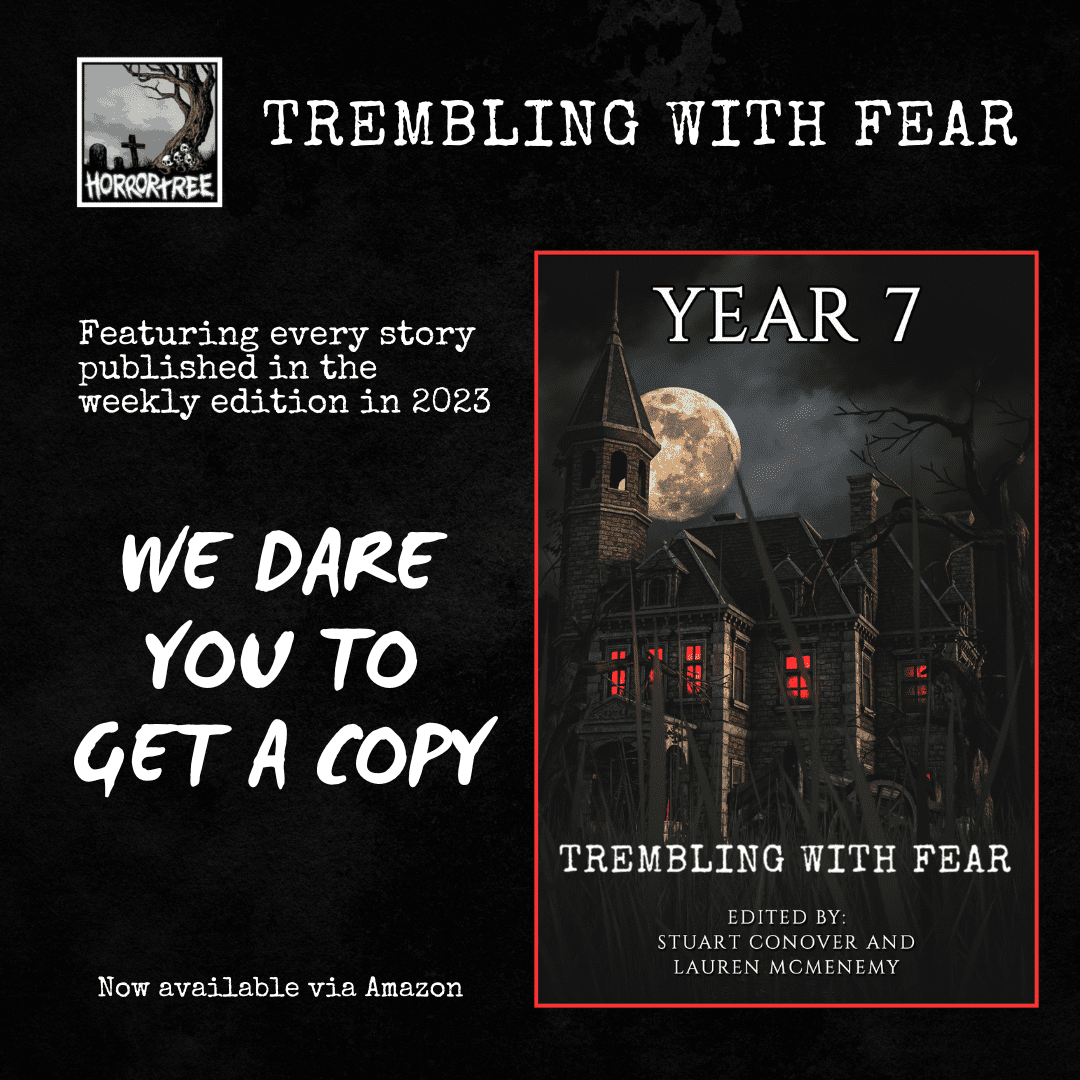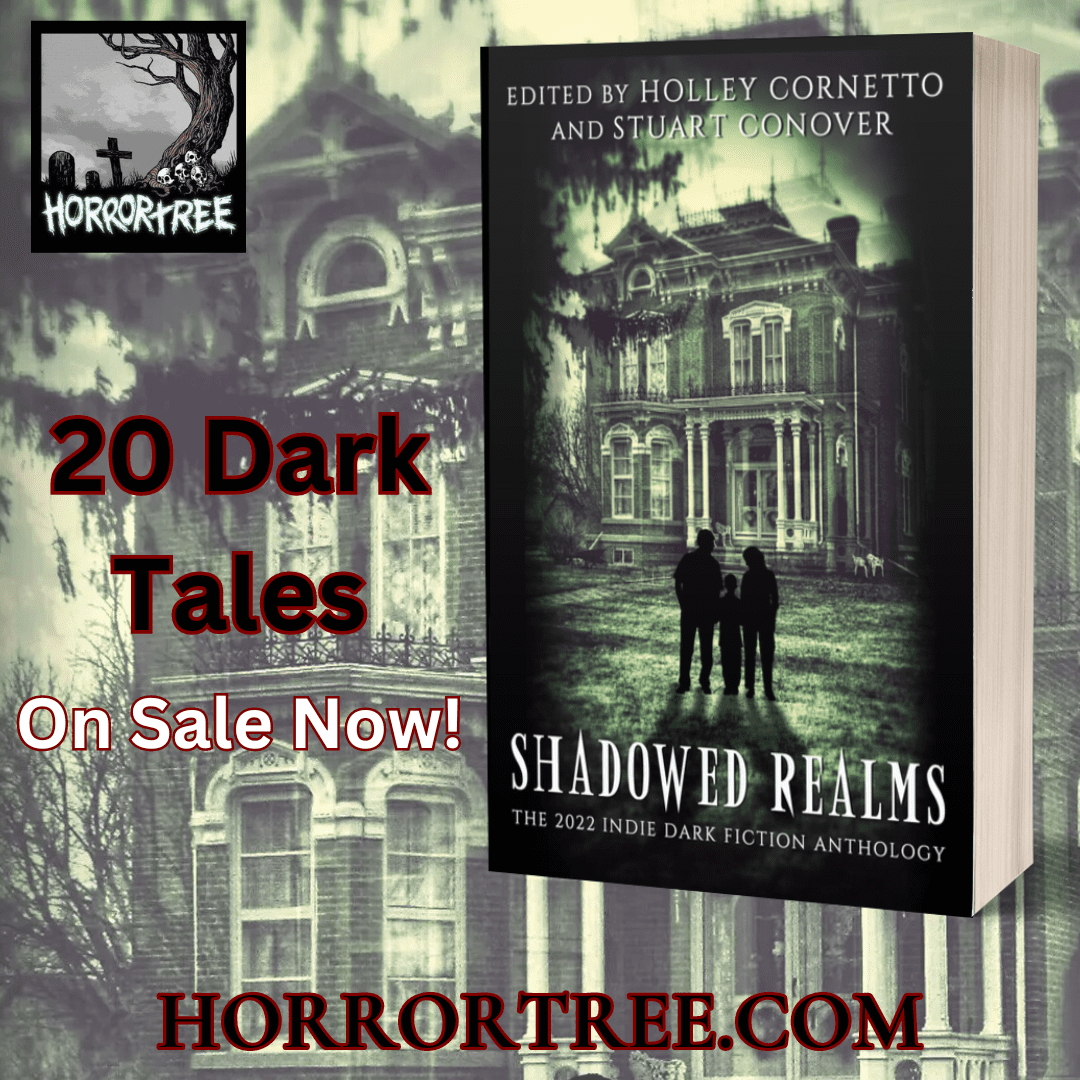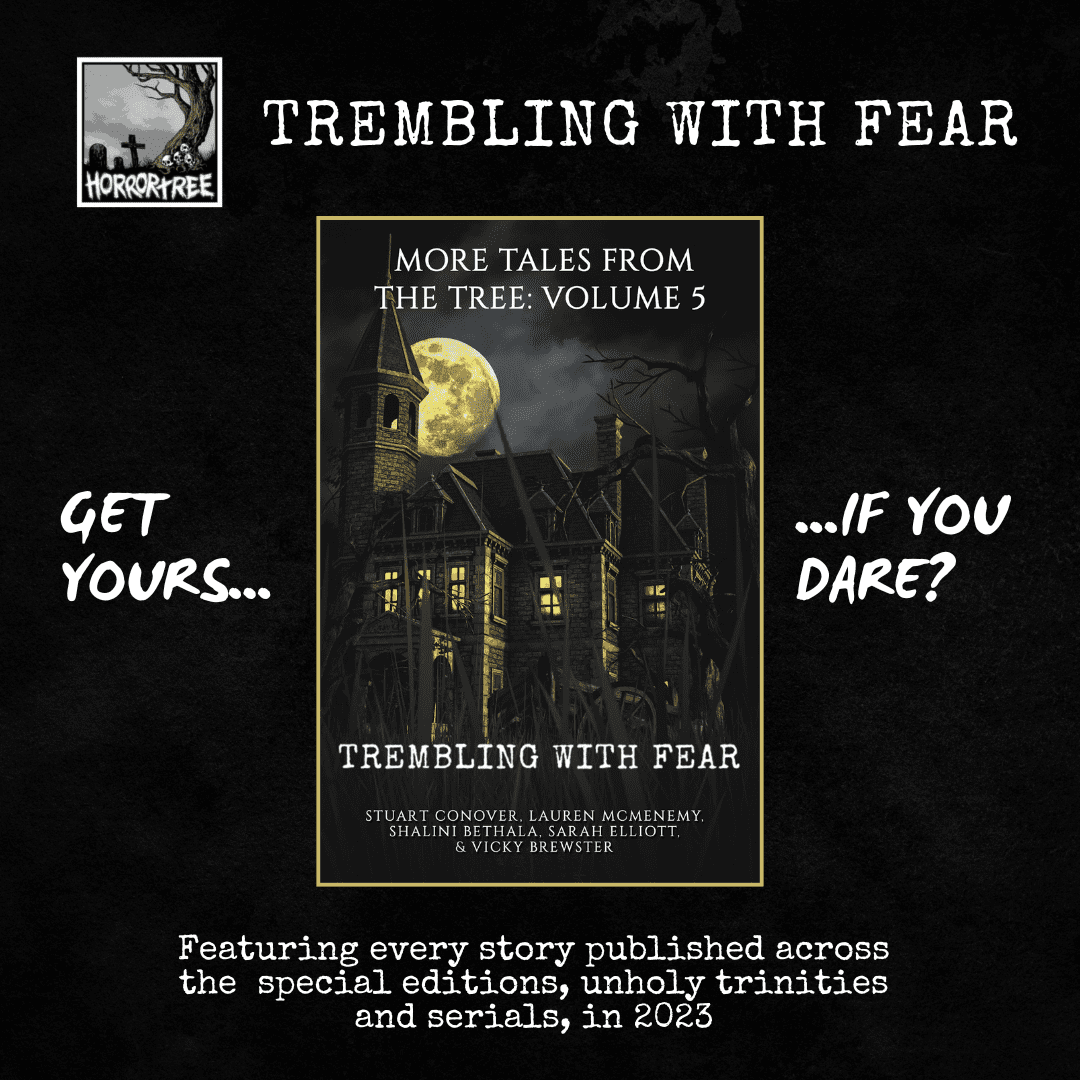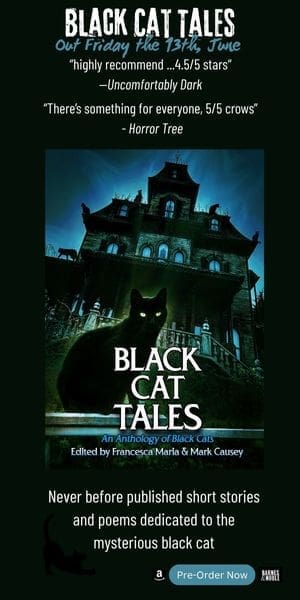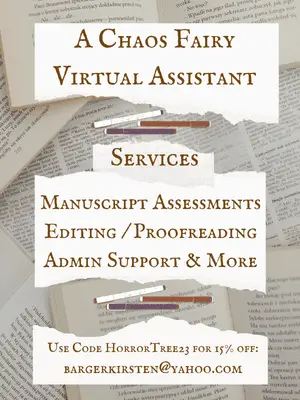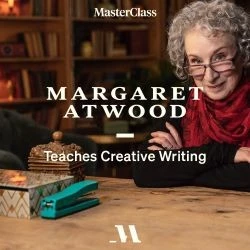An Interview With David M Barnett On ‘Withered Hill and More!

I have always had a soft spot for folk horror. I love the modern age still keeping with the Old Ways. So when I got the opportunity to interview David Barnett about his novel Withered Hill, I jumped at it. It turns out the author is as interesting as his novel!
About ‘Withered Hill’:
Inside
A year ago Sophie Wickham stumbled into the isolated Lancashire village of Withered Hill, naked, alone and with no memory of who she is.
Surrounded by a thick ring of woodland, its inhabitants seem to be of another world, drenched in pagan, folklorish traditions.
As Sophie struggles to regain the memories of her life from before, she quickly realises she is a prisoner after multiple failed escape attempts. But is it the locals who keep her trapped, with smiles on their faces, or something else, lurking in the woods?
Outside
In London, Sophie leads a chaotic life, with too many drunken nights, inappropriate men and boring temp jobs. But things take a turn as she starts to be targeted by strange messages warning her that someone, or something, is coming for her.
With no idea who to trust, or where to turn for help, the messages become more insistent and more intimidating, urging Sophie to make her way to a place called Withered Hill…
An utterly bewitching, dual timeline folk horror novel, with a truly devastating twist you have to read to believe.
JG: What gave you the idea for the book? It is very apt for things going on right now in the world.
DB: The themes of the book came together quite organically. My starting point was that I wanted to write something supernatural, and I’d been leaning into folklore quite a bit with my reading and viewing. I started writing kind of just before the current folk horror explosion hit, so when it was finished it was in a good place to be sent out to publishers, without that ever really being the plan. I wanted the classic folk horror tropes in there — isolated community, an outsider coming in, pagan rituals — and then it kind of developed into having some ecological overtones, which of course is very relevant at the moment.
JG: There are so many themes going on in “Withered Hill”: modern dating alcoholism, the constant expansion of humanity, religion and beliefs…. You weave it all together beautifully. The bouncing around on the timeline is genius. I didn’t think it would work but it just enriches the story. How hard was it to plan the story? Did you just go straight through or did it happen in your head as you laid it out on the page, moving from timeline to timeline?
DB: I probably make it look like it was more difficult to write than it actually was! I’m very much a start at the beginning and keep going to the end sort of writer, not one of those who intricately plots timelines and has big spreadsheets and writes things in a different order to how they appear in the book. So it was mostly written as it appears on the page, which I find helpful because things that happen in chapter one have repercussions and ripples for what happens in chapter 12, for example, so it all felt quite natural, even with the bouncing around of timelines.
JG: Whose idea was “Roads to Withered Hill”? What an awesome idea for a tie in! Can you explain how that came about?
DB: I wish I could take credit for that but it was the brainchild of Tom Abba, who I’ve known for a while and who does this amazing experimental work in trying to create new and innovative ways of telling a narrative. He was looking for a new project and heard about Withered Hill and thought it would be a great opportunity for him to try something out. So he created this immersive website which you access through your phone and take a 20 minute walk around your neighbourhood, but it puts you right into the village of Withered Hill through an audio adventure. The best thing is it’s non-spoilery, so it doesn’t matter if you’ve read the book first, or even at all, to get the most out of it.
JG: Was there a special reason you wrote the book?
DB: I’d written a series of rom-com novels, although I started off writing more genre stuff, with my first major published works being a steampunk trilogy, the Gideon Smith novels, published by Tor. I’d sort of moved into another genre without planning to, and always hankered to get back to the supernatural at some point, so I wrote this completely on spec, without even an idea that it might ever be published, mainly to satisfy an itch I had.
JG: Your writing is so versatile! You have written is so many genres. Do you have a favorite? Why or why not?
DB: Thank you! Aside from the rom-coms, and the steampunk, I’ve also done a few what you might call urban fantasy novels, which were my first work put out by small presses, and a couple of years ago I wrote an original novel in the Alien universe, Colony War. I don’t think I have a favourite genre, though I do tend towards horror/the supernatural. Even my latest rom-coms have a touch of magic in them. I think, for me, it’s all about the people I’m writing about. I have to care about them, and hope the reader does, and they have to interest me, and it doesn’t really matter what genre their narratives are being played out in after that. It’s all about people, and how they react to any given situation you put them in, whether that’s falling in love, battling Xenomorphs or coming to terms with being trapped in a village cut-off from the rest of the world.
JG: What would you be doing if you weren’t a writer? What got you into writing? Why do you write?
DB: I wear a few different writing hats, including being a novelist. I do a lot of journalism, mainly for the UK media, tending towards features and cultural stories, interviews and essays, all kinds of stuff. I also write comic books, and have done work on DC’s Books of Magic, A Riverdale one-shot for Archie, creator-owned comics such as Punks Not Dead and Eve Stranger, and a slew of work for the British weekly comic 2000AD, most notably the folk horror-adjacent Herne & Shuck strip. I started as a journalist aged 19, so have never really known anything else. If I hadn’t become a writer, I think I’d quite like to have become an archaeologist. But that might be too much Indiana Jones talking.
JG: What do you read when you aren’t writing?
DB: Pretty much anything I can get my hands on. I read a lot of stuff for work, for media pieces or for research, so it seems to be a rare occurrent these days I’ll get to read just for pleasure. Any horror I can get my hands on (though usually not slasher stuff or zombies), biographies, general fiction. Anything.
JG: Is there a book you think everyone should read at least once?
DB: Just my own favourites, which are On the Road by Jack Kerouac (I’ve always been a bit of a Beat nut for some reason) and Something Wicked This Way Comes, by Ray Bradbury, which I always read around Halloween. Oh, and A Christmas Carol by Charles Dickens, which sadly seems to get more relevant every year.
JG: Who are your influences?
DB: It’s a tough one. I’m not sure I could name any particular writer who is a direct influence. I tend to find I soak up by osmosis people’s bodies of work, be they books, TV, film, music whatever, and get a sense of tone or just, I don’t know, a feeling from them, rather than thinking, right, I’m going to be the next Stephen King or whatever.
JG: Do you have any advice for writers just starting out?
DB: Oft-heard advice but really, just sit down and write. Finish something. Even if it’s rough and ready. You need a block of marble to be able to carve a statue, and your first draft is your block of marble. Maybe it’s Michelangelo’s David on the first go, maybe it needs a bit more chipping and polishing to get there. But you can’t move forward until you’ve finished that first draft, so do it no matter how rough it seems.
JG: What are you working on next?
DB: My next published novel will be SCUTTLER’S COVE, from Canelo, who published Withered Hill. It’s another folk horror, this time set on the coast in Cornwall, with hopefully the same sort of things in it that appealed to anyone who likes Withered Hill. After that… all I can say right now is, watch this space in January…





